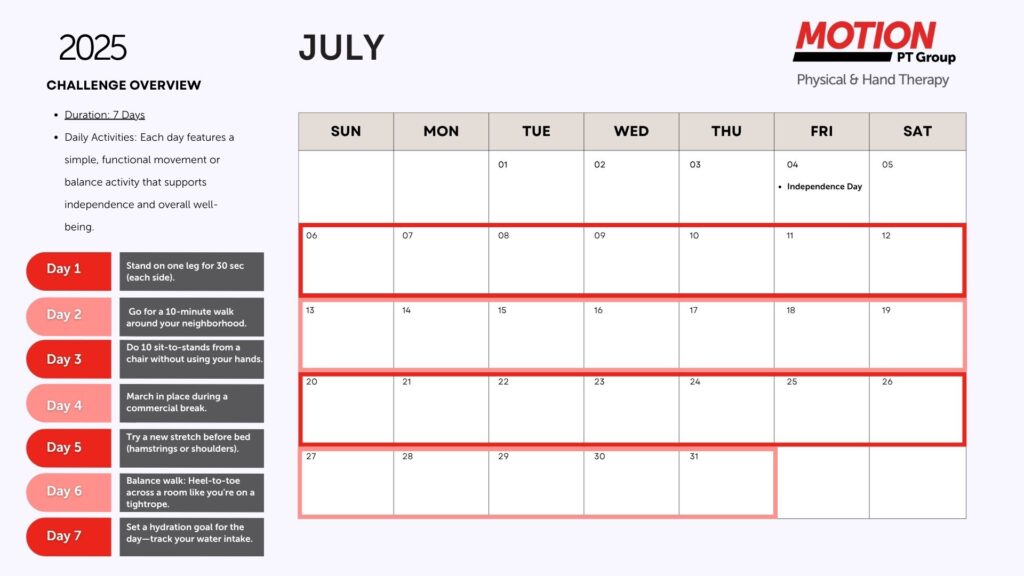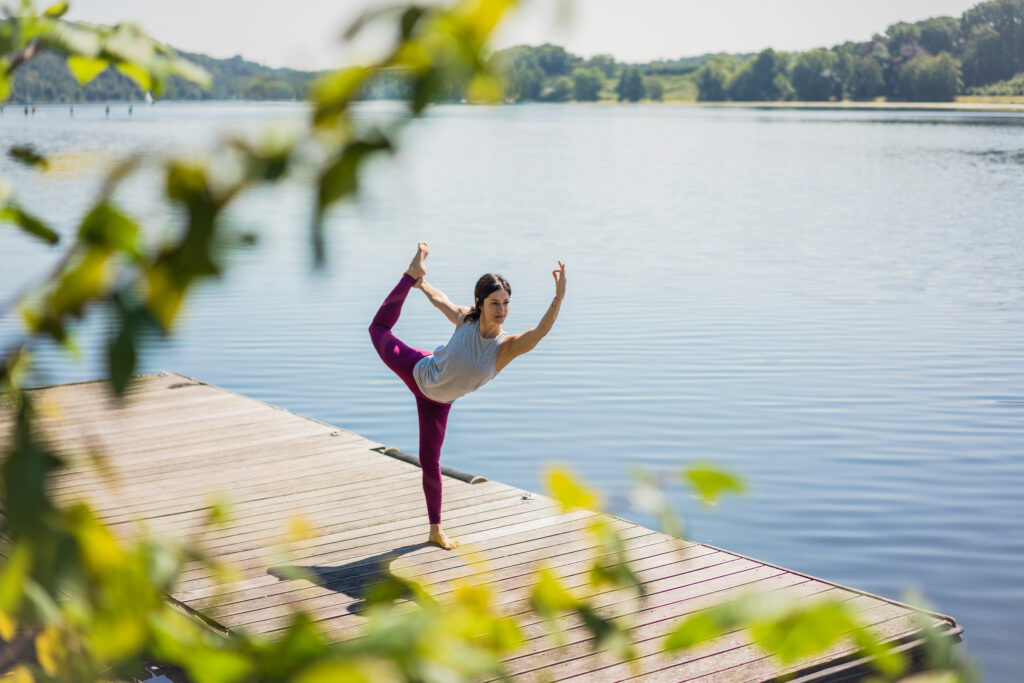The vibrant hues of summer make way for the crisp air of autumn, heralding the arrival of the Fall sports season. Whether you’re a seasoned athlete or a recreational player, the shift to cooler temperatures demands careful preparation to ensure a smooth and injury-free experience. Join us in this blog post as we delve into targeted tips, curated by MOTION physical therapists, to help you seamlessly transition into a variety of Fall sports.
1. Football: Tackling the Transition with Finesse
Tip: Prioritize Muscle Activation Drills
As you prepare for the dynamic challenges of football, engage in muscle activation drills before practice. This primes your body for quick bursts of speed, sharp turns, and sudden stops, all while minimizing the risk of muscle strains.
2. Soccer: Swift Moves and Smooth Transitions
Tip: Focus on Agility Training
For soccer players, agility is paramount. Incorporate ladder drills, cone drills, and lateral movements to enhance your agility. This ensures that your body remains responsive to rapid changes in direction during the game.
3. Field Hockey: Mastering Precision and Control
Tip: Enhance Hand-Eye Coordination
Field hockey demands precise stick control. Improve your hand-eye coordination with drills involving ball-handling skills, wall passes, and target shooting. This sharpens your accuracy and control during intense matches.
4. Cross Country Running: Conquering the Terrain
Tip: Gradual Distance Increase
Transitioning to cross country running requires careful pacing. Gradually increase your running distance to allow your body to adapt to varied terrains and extended durations. This mitigates the risk of overuse injuries.
5. Volleyball: A Seamless Set to Success
Tip: Work on Core Stability
Volleyball’s quick movements and explosive jumps rely on core stability. Incorporate planks, Russian twists, and leg raises into your routine to fortify your core muscles. This enhances your balance and control on the court.
6. Tennis: Swift Footwork for Winning Strokes
Tip: Integrate Plyometric Exercises
Tennis demands rapid footwork and explosive movements. Incorporate plyometric exercises such as lateral jumps and split squats to boost your agility and power on the court.
7. Golf: Maintaining Form in the Cooler Breeze
Tip: Focus on Dynamic Stretching
Golfers, embrace dynamic stretching before hitting the links. Engage in trunk rotations, leg swings, and shoulder circles to enhance your range of motion. This ensures a fluid swing and reduces the risk of strains.
8. Rugby: Tackling the Season with Strength
Tip: Embrace Functional Strength Training
Rugby players require functional strength to withstand tackles. Incorporate squats, deadlifts, and resistance band exercises to fortify your muscles for the physical demands of the game.
9. Ultimate Frisbee: Soaring to New Heights
Tip: Implement Interval Training
Ultimate Frisbee’s fast-paced nature benefits from interval training. Combine sprinting and jogging intervals to mimic the game’s intensity, enhancing your cardiovascular endurance.
10. Ice Hockey: Gliding Through the Transition
Tip: Focus on Balance and Agility
As ice hockey season approaches, prioritize balance and agility drills. Incorporate exercises like single-leg squats and ladder drills to ensure stability on the ice.
By incorporating these targeted recommendations from your MOTION physical therapists, you’re poised to excel on the field, court, or rink while safeguarding your body against potential injuries. This Fall, elevate your sports experience by blending your passion with expert insights and make the most of the exhilarating season ahead.




